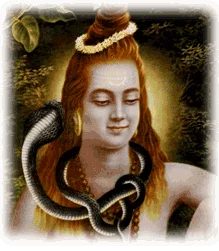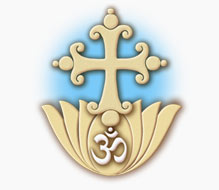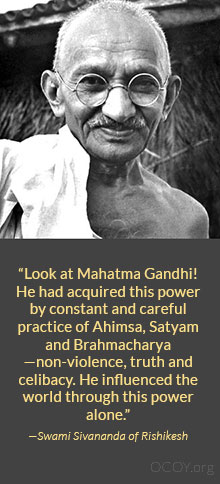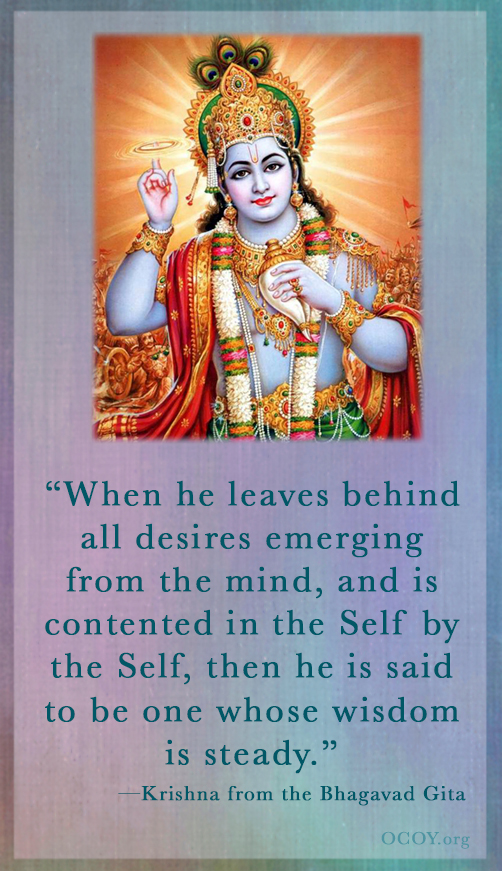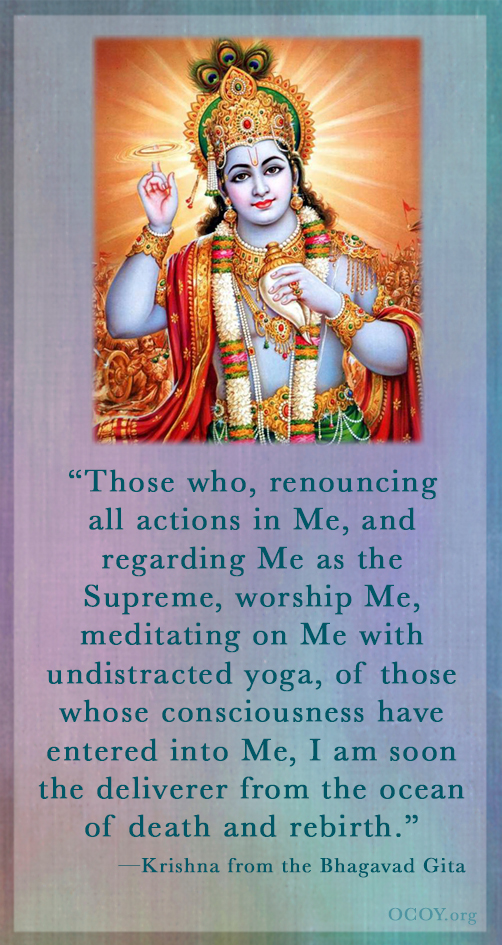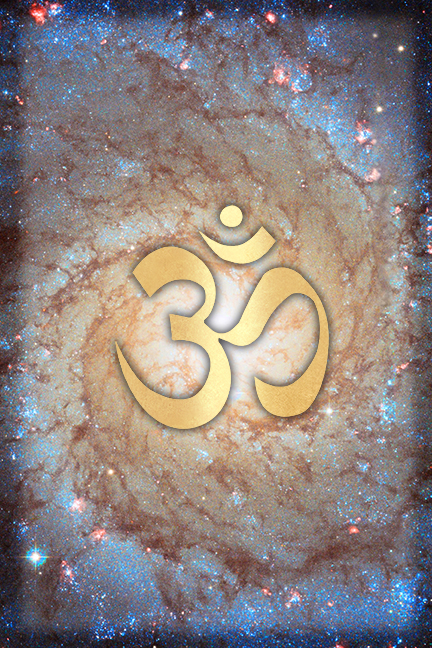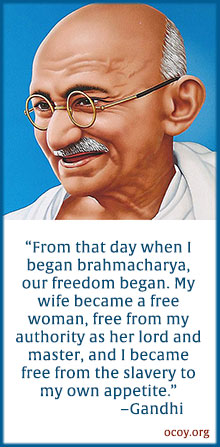
Part 2 of “Mahatma Gandhi on Brahmacharya (Celibacy)“
“As I look back upon the twenty years of the vow, I am filled with pleasure and wonderment. The more or less successful practice of self-control had been going on since 1901. But the freedom and joy that came to me after taking the vow had never been experienced before 1906.
Before the vow I had been open to being overcome by temptation at any moment. Now the vow was a sure shield against temptation. The great potentiality of brahmacharya daily became more and more patent to me.
Satyagraha and Brahmacharya

The vow was taken when I was in Phoenix. As soon as I was free from ambulance work, I went to Phoenix, whence I had to return to Johannesburg. In [within] about a month of my returning there, the foundation of Satyagraha was laid. As though unknown to me, the brahmacharya vow had been preparing me for it. Satyagraha had not been a preconceived plan. It came on spontaneously, without my having willed it. But I could see that all my previous steps had led up to that goal. I had cut down my heavy household expenses at Johannesburg and gone to Phoenix to take, as it were, the brahmacharya vow.
The knowledge that a perfect observance of brahmacharya means realization of brahman, I did not owe to a study of the Shastras. It slowly grew upon me with experience. The shastric texts on the subject I read only later in life. Every day of the vow has taken me nearer the knowledge that in brahmacharya lies the protection of the body, the mind and the soul. For brahmacharya was now no process of hard penance, it was a matter of consolation and joy. Every day revealed a fresh beauty in it.


